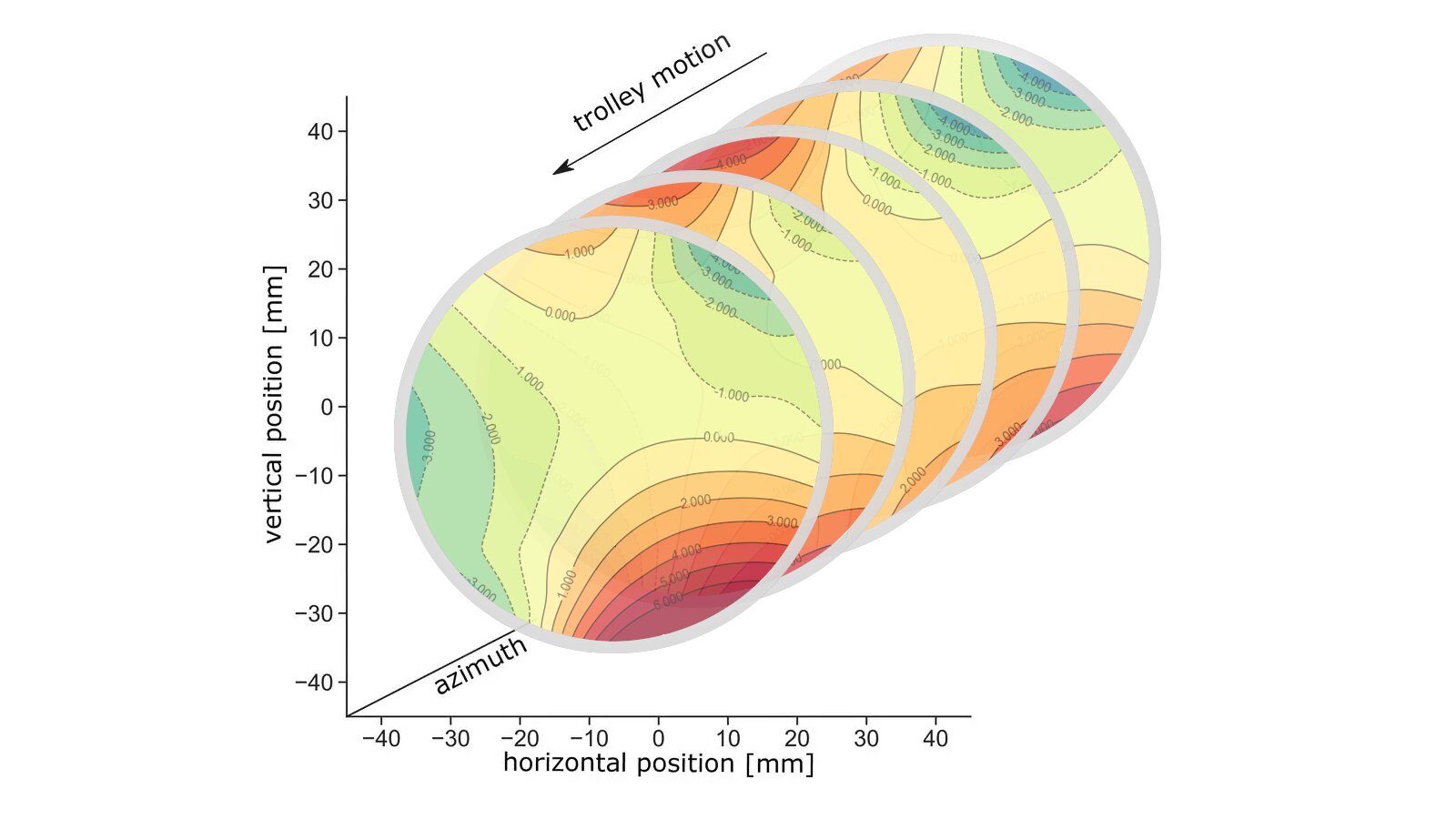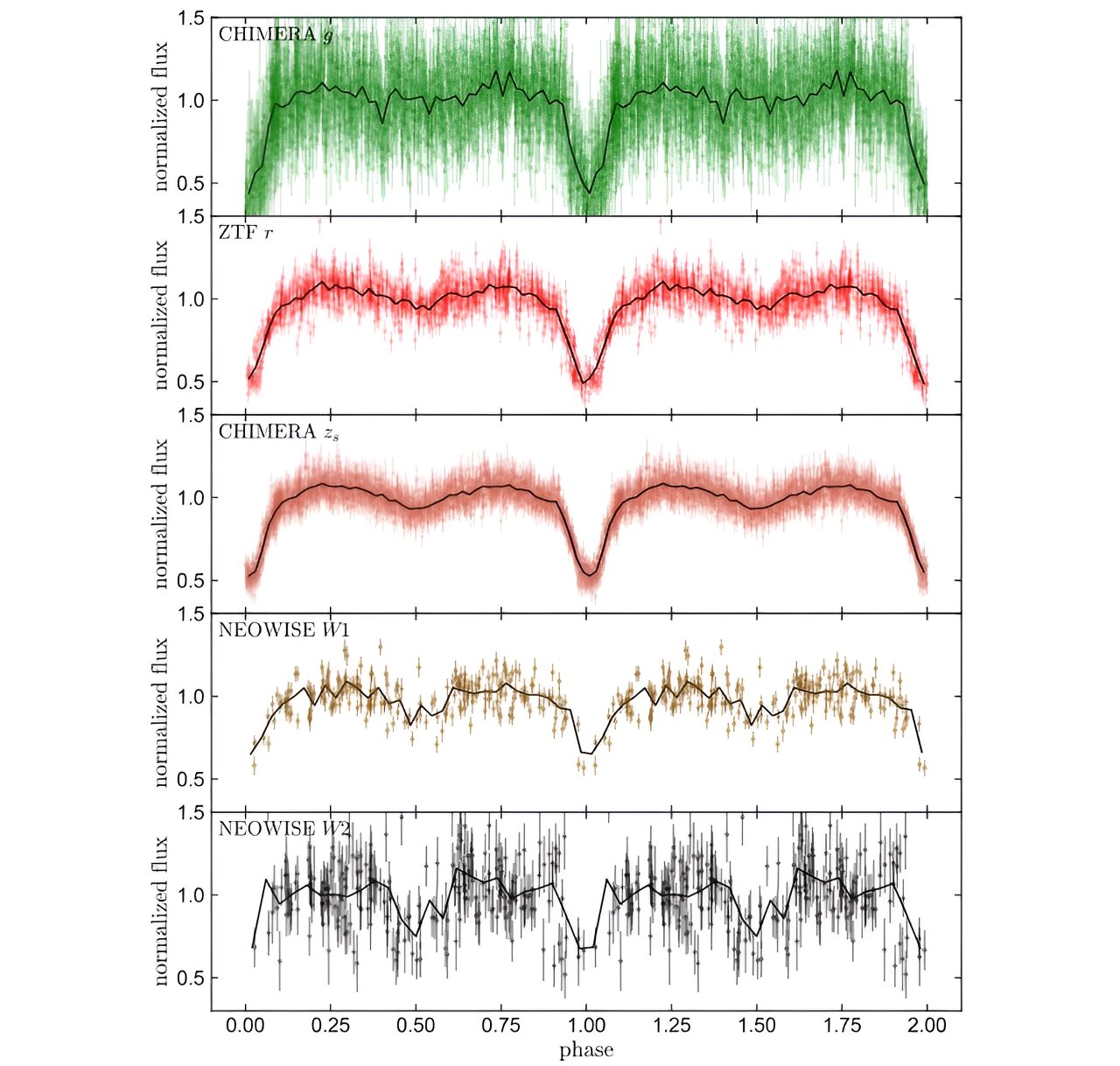The Muon g-2 collaboration has just released their highly anticipated updated measurement, and the results are truly groundbreaking. Not only does it align with their initial findings from 2021, but it’s also twice as precise. In fact, this measurement is the most precise ever achieved using a particle accelerator.
The collaboration is composed of 181 scientists from seven countries and 33 institutions, including the prestigious U.S. Department of Energy’s (DOE) Argonne National Laboratory. Their experiment takes place at DOE’s Fermi National Accelerator Laboratory and aims to measure a magnetic property of the muon, a fundamental particle that could provide insights into the existence of new particles or forces.
Among the scientists involved in the Muon g-2 experiment are postdoctoral researchers Yongyi Wu and Sam Grant from Argonne. They are dedicated to maximizing precision in determining the magnetic field for the remaining datasets. The collaboration has submitted a paper describing their results to Physical Review Letters.
Muons possess a fascinating quantum mechanical property called spin, which makes them behave like tiny magnets. When placed in a magnetic field, the muon’s internal magnet precesses, similar to the wobbling motion of a spinning top. The speed of this precession is determined by a quantity known as the magnetic moment, represented by the letter ‘g’ in scientific terms.
In the early 2000s, an experiment conducted at DOE’s Brookhaven National Laboratory revealed a discrepancy between the measured magnetic moment of the muon and the prediction made by the Standard Model, which represents our current understanding of particles and forces in the universe. The Fermilab Muon g-2 experiment was designed to recreate the Brookhaven experiment with quadrupled precision, aiming to either challenge or confirm the discrepancy.
“With this second result, we have achieved a precision that is more than twice as accurate as both the Brookhaven experiment and our first result,” explained Peter Winter, a physicist from Argonne and co-spokesperson for the Muon g-2 collaboration. “We are well on our way to improving the precision by a factor of four by the end of our analysis.”
During the experiment, a beam of muons travels around a large, hollow ring hundreds to thousands of times under the influence of a strong magnetic field. As the muons circle the ring at nearly the speed of light, their spins precess due to the magnetic field, and the presence of virtual particles affects this precession. By detecting the spin precessions and precisely measuring the magnetic field strength in the ring, the scientists can determine the value of ‘g’.
At its simplest level, theory predicts ‘g’ to be two. However, the muon’s spin precession can be influenced by the fleeting presence of virtual particles, causing the true value of ‘g’ to be slightly greater than two. The Muon g-2 collaboration is focused on measuring this difference, hence the name Muon g-2 (pronounced Muon g minus two).
“Every particle in existence plays a role in how a muon behaves in a magnetic field,” said Yuri Oksuzian, an assistant physicist from Argonne and a production manager for the Muon g-2 collaboration. “Instead of directly observing these virtual particles, we are measuring their effects on the muon’s behavior.”
The new experimental result for g-2 is 0.00233184110, providing an unprecedented precision of 0.20 parts per million overall. This measurement incorporates data collected during the first three out of six years of the experiment.
Two types of uncertainty contribute to the overall precision of the measurement. The statistical uncertainty depends on the amount of data analyzed, with more data leading to greater certainty in the results. The statistical uncertainty for this measurement was +/- 0.00000000043. With less than half of the total data analyzed, the team is already halfway to achieving their ultimate statistical uncertainty goal.
“We have gathered an enormous dataset, more than 21 times larger than Brookhaven’s dataset,” said Oksuzian, who leads the effort to process and prepare the vast volume of data for analysis. The collaboration aims to incorporate all six years of data in the next few years.
The other factor affecting precision is systematic uncertainty, which arises from experimental imperfections. The Muon g-2 scientists have been diligently working to minimize this uncertainty over the past several years. The systematic uncertainty for this measurement was +/- 0.00000000019.
“We are doing everything possible to extract the maximum amount of information from these measurements,” said Simon Corrodi, an assistant physicist from Argonne who served as the field analysis coordinator and operations manager for Muon g-2. “Now, we have achieved a total systematic uncertainty of 70 parts per billion, surpassing our ultimate goal of less than 100 parts per billion.” Corrodi will now take on the role of analysis co-coordinator for the remaining large datasets.
One of the major contributions from Argonne scientists has been the precise measurement of the magnetic field strength around the ring. Despite the muons traveling through a remarkably constant magnetic field, slight variations can occur due to changes in ambient temperature and effects from the experiment’s hardware. To measure these variations, the scientists have installed hundreds of probes on the walls of the ring and regularly send a trolley full of probes around the ring.
To ensure accurate readings from the probes, the scientists calibrate them using a solenoid magnet test facility at Argonne. This facility enables them to measure the field with a precision of just a few parts per billion, akin to measuring the volume of water in a swimming pool down to the last drop.
In the coming years, the Muon g-2 Theory Initiative, a collaboration of theoretical and experimental physicists, will work together to resolve the tension between two different calculations of the Standard Model prediction for g-2. In 2020, the initiative announced the best prediction available at that time, based on the Standard Model. However, a new calculation using a different theoretical approach called lattice gauge theory disagrees with the 2020 prediction.
“Our precise measurement is now even more crucial as we strive to understand this discrepancy in the theory,” said Corrodi. “It’s a beautiful example of the ongoing dialogue between theory and experiment.”
,,,








